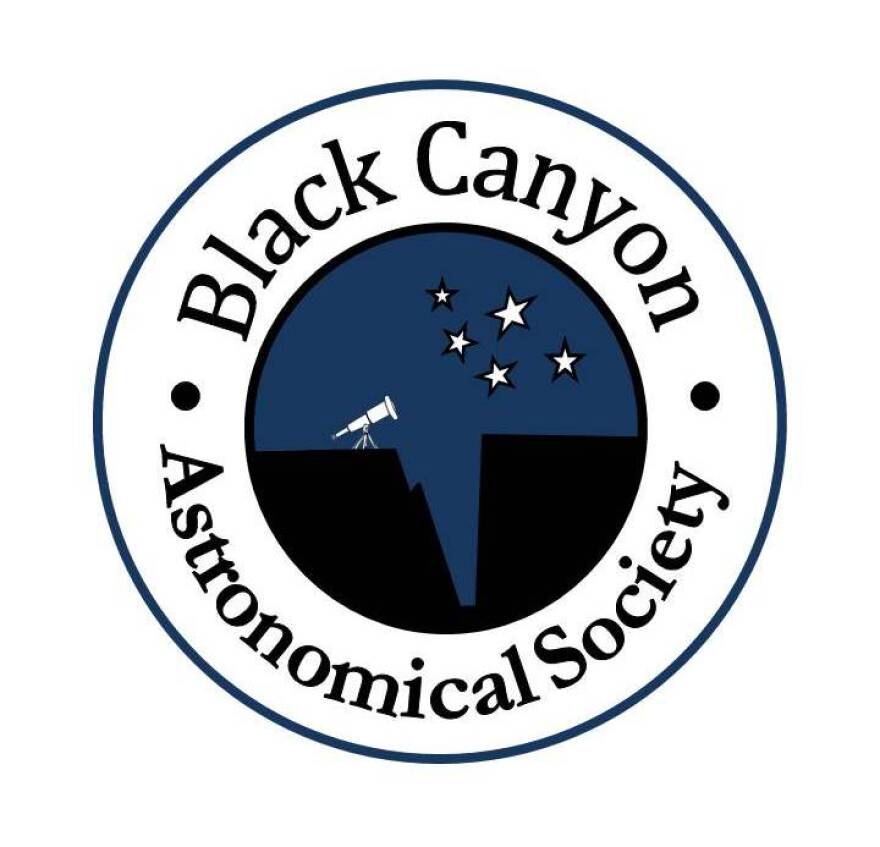In early August 1596, astronomer David Fabricius observed a star in constellation Cetus, the sea monster, carefully noting the star’s position and brightness. Eighteen days later he noticed that the star had more than doubled in brightness.
But by the following October, the star had faded from view. Then, in February 1609, Fabricius spotted the star again. By 1638, Johannes Holwarda had figured out that this mysterious star repeatedly brightens and then fades in cycles that last 11 months. With the exception of novae, stars that appeared suddenly but faded and were never seen again, all stars were then believed to be fixed in brightness and position. So how could one of these so-called "fixed" stars brighten and fade repeatedly?
Today we know this star as Omicron Ceti, or Mira, the “wonderful one,” a Latin name given it by Johannes Hevelius. Usually Mira is too faint to see with the unaided eye. But its brightness in visible light may increase by a factor of 1700, sometimes making it for a few weeks the second or third brightest star in constellation Cetus.
Mira is a long-period, pulsating variable star, a type of red giant star that is nearing the end of its life. As Mira expands to more than 400 times the Sun’s radius, its surface temperature cools, and its brightness in visible light decreases markedly. As Mira contracts to only about 330 times the sun’s radius, its surface temperature warms, which dramatically increases its brightness at visible wavelengths.
After our Sun has consumed the hydrogen fuel in its core in about 5 billion years, it too will become a red giant star. In its final stages, the Sun may pulsate and vary tremendously in brightness like Mira does now.
During its current cycle, maximum brightness of Mira is predicted for late November or December, and the “wonderful star” may remain visible to the unaided eye for a month or more. In coming weeks, challenge yourself by using a star chart or night sky app to locate and contemplate Mira and the possible fate of our own Sun.

Western Slope Skies is produced by the Black Canyon Astronomical Society. This episode was written and recorded by Art Trevena.
Web links for Mira:
hubblesite.org/news_release/news/1997-26
www.aavso.org/vsots_mira
en.wikipedia.org/wiki/Mira
www.skyandtelescope.com/observing/mira-makes-january-nights-wonderful/


